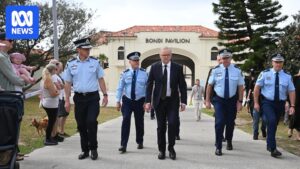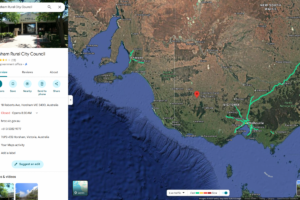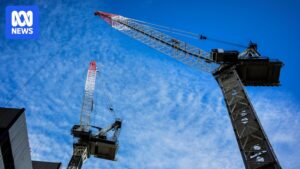
Humanity’s relentless drive to explore the cosmos has led us to traverse the solar system, with astronauts, landers, and rovers exploring various planetary surfaces. However, these environments present significant challenges to human and equipment health, necessitating meticulous planning, testing, and technological development for successful missions. While extensive testing facilities for spacecraft and equipment are well-known, the preparation for the human aspect of space exploration often involves innovative simulations on Earth.
These simulations, known as analog missions, are designed to replicate the conditions of space missions using environments available on our planet. Conducted in extreme Earth environments that mimic the Moon or Mars, these missions allow researchers to study crew performance and test instruments under development. For instance, tasks like operating tools become significantly more challenging when performed in thick gloves and bulky, pressurized space suits in lower gravity. Testing these scenarios on Earth helps identify necessary adjustments before actual space missions.
Analog Missions: Earthly Training for Cosmic Journeys
Analog missions are crafted to simulate the crew’s experience during a space mission. Some simulate surface operations on the Moon or Mars for up to a year, while others replicate the transit experience to Mars, followed by surface exploration. NASA utilizes several analog mission facilities worldwide, such as the Mars Desert Research Station in Utah and the Aquarius undersea research station off Florida’s coast. These locations help scientists understand crew behavior and psychology in confined habitats within hostile environments.
Natural environments like volcanic terrains in the western U.S., human-made craters in Nevada, and research stations in Antarctica are commonly used for analog operations. These sites mirror the geologic settings crews are likely to encounter on future missions, providing valuable training opportunities. For example, the Hi-SEAS facility on Mauna Loa, Hawaii, serves as a site for studying crew dynamics and psychology in extreme isolation, with its volcanic terrain resembling both the Moon and parts of Mars.
Inside an Analog Mission: Life and Learning
Participating in an analog mission requires applicants to hold relevant degrees and undergo physical and psychiatric evaluations. The ideal crew comprises individuals who can work and live well with others and remain calm under stress. Crews typically include at least one medically trained member, along with scientists and engineers to manage the habitat’s life support systems.
During a simulated 28-day lunar surface mission at Hi-SEAS, the crew spent three days learning to operate the habitat systems, including the hydroponic garden and solar panels. After orientation, they were deployed to the habitat, where their daily lives were meticulously scheduled. Tasks included individual assessments, group computer-based tasks, and excursions outside the habitat for geologic investigations. Researchers monitored these activities to assess stress levels, group cohesion, and individual well-being.
Challenges and Innovations in Daily Living
Life on an analog mission involves adapting to unique challenges, such as eating freeze-dried and powdered foods, aside from what can be grown in the hydroponic system. Water rationing necessitates innovative hygiene practices, such as bucket showers and “wilderness wipe” baths. Despite these challenges, the crew found creative ways to maintain morale, such as baking a cake using limited ingredients and sharing pre-saved movies, shows, and books.
These experiences, though physically demanding at times, offer a unique opportunity to contribute to space exploration. The satisfaction of knowing that their efforts advance our understanding of space missions, even in small ways, is a rewarding aspect of participating in these simulations.
The Future of Space Exploration: Lessons from Analog Missions
Analog missions provide crucial insights into the human factors involved in space exploration, helping to refine procedures and prepare crews for the challenges of real missions. As NASA and other space agencies continue to plan for future lunar and Martian missions, these simulations play a vital role in ensuring the success and safety of astronauts.
Looking ahead, the lessons learned from analog missions will inform the design and execution of future space missions, contributing to humanity’s ongoing quest to explore the cosmos. By simulating space on Earth, researchers can identify potential issues and develop solutions, ultimately paving the way for successful journeys beyond our planet.







